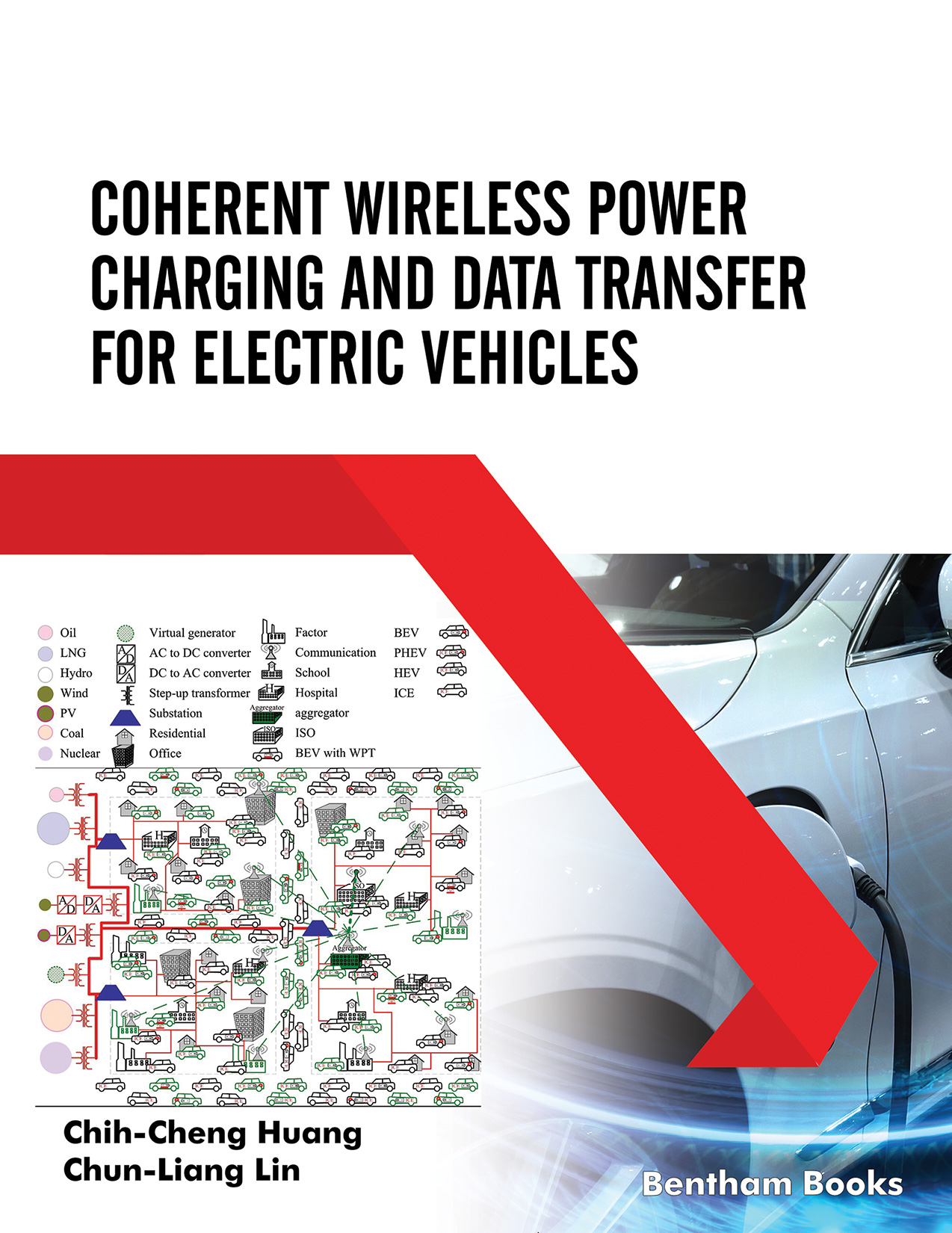Due to the global awareness regarding environmental protection, instead of high-emission, low-efficiency automobiles, low-emission, high-efficiency vehicles are being manufactured. An electric vehicle uses the energy stored in the battery to drive high-performance electric motors. High-efficiency electric motors have inherently low-speed and high-torque that make electric vehicles ideal for driving in an urban area; therefore, the electric vehicle and hybrid electric vehicle are favored in the household market. The electric vehicle needs charging before its battery is exhausted. There are two technologies to charge electric vehicle batteries, conductive (wired) and wireless charging. Whether conductive or wireless charging, the recent batteries take 0.5-12 hours charging time. The grid transfers conductive charging power to the battery through a wire. It has clear benefits, but it must meet the “wired charging four necessary conditions,” which will be discussed later. Wireless charging transfers power through the magnetic field between two aligned coil pads. It does not rely on those conditions. The only drawback the wireless charging has is that two conductive coil pads must align for efficient power transfer. The manufacturer has to provide a parking guidance device to assist the user in parking the vehicle and align two coil pads. This tutorial book introduces a wireless charging method that does not only have massive power, compact size, and high transferring efficiency but provides two-frequency bandwidth and bidirectional communication using a data-attached mechanism without resorting to other RF devices. The novel communication provides charging and billing information and monitors safety during the charging period.
The conductive charging is quite mature and compliant with regulations of SAE J2931/1, J1772, SAE J2836/6, IEEE 802.11, etc. Its advantages are high efficiency of about 88-91% on full load and being straightforward. However, the safety during the charging period must satisfy “wired charging four necessary conditions.” The connector must be tightly linked, there must be a stable power source, the vehicle must be grounded, and the vehicle must be stationary. . As time progresses, the aging effect of the components can occur. As a result, wire and connectors must be maintained; uncertain grounding may lead to leakage or sparking; vehicle movement poses a risk during charging. As depicted, the conductive charging will bring an extra cost and risk to the users, however, these disadvantages do not occur on the wireless charging approaches.
The wireless charging device includes two parts: the primary unit and the secondary unit. The former is on the grid side, which generates high-frequency current entering a coil pad, and the latter is on the vehicle side, which receives the power energy via a coil pad. The two pads are aligned together for high-efficiency power transfer. SAE J2954 is the industrial regulation, but it is currently in the drafting stage. Wireless power transfer is based on the principle of electromagnetic inductive or magnetic resonance. Inductive resonance has a wide range of applications such as an inductive heater in the kitchen with an efficiency of about 84%. The advantage of wireless charging by inductive technology is convenience; its efficiency may be up to 86%. Because there is no wiring, it does not need to consider “wired charging four necessary conditions.” The vehicle can even move or leave during the charging process.
This book shows a data attached technology to synchronize the power carry wave and magnetic field link between two inductive pads. Its advantages include the fact that data is not broadcasted but rather hidden within the carrier, and it is not susceptible to interference.This is quite suitable for wireless charging applications. The two frequency band includes regular data using the low-frequency band and emergency data using the high-frequency band. Information to be transferred may include vehicle ID, charging voltage, battery current and status, which let the primary unit know which car is being charged for billing and what is the charging status for safety. If an alarm goes off, such as for overvoltage or overcurrent, the emergency data will give feedback to the primary unit to stop charging immediately. The response time is faster than WiFi, Bluetooth, or ZigBee.
The reason for the long charging time is the chemical reaction process of redox in the battery. For example, an electric vehicle generally uses a lithium-ion battery as a power source. A cell is a basic electrochemical unit that contains the electrodes, separator, and electrolyte. Its charging process is that first, the lithium-ions escape from the positive electrode through the separator and the electrolyte. Finally, these lithium-ions diffuse to the negative electrode. The diffusion time becomes the key to charging speed. To enhance the charging rate, new electrode materials have been continuously discovered. For example, ultra-capacitor electrode materials like graphene, carbon nanotubes (CNT), activated carbon, and others rely on static electricity to charge and discharge the battery instead of chemical reactions. Therefore, the ultra-capacitor has fast charging and discharging speed and high power density, but its energy density is lower than the battery according to the same size. As depicted, the process of reducing the material size and increasing energy density will continue.
CONSENT FOR PUBLICATION
Not applicable.
CONFLICT OF INTEREST
The authors declare no conflict of interest, financial or otherwise.
ACKNOWLEDGEMENT
This book has been edited by Wallace Academic Editing.
Chih-Cheng Huang
National Space Organization
Hsinchu City
Taiwan
Chun-Liang Lin
Department of Electrical Engineering
National Chung Hsing University
Taichung City, Taiwan

